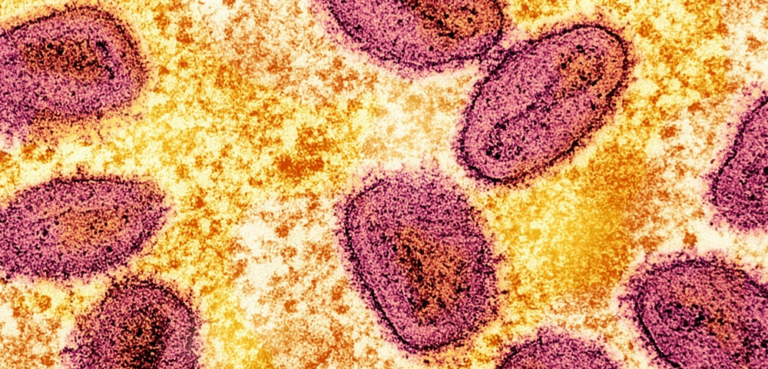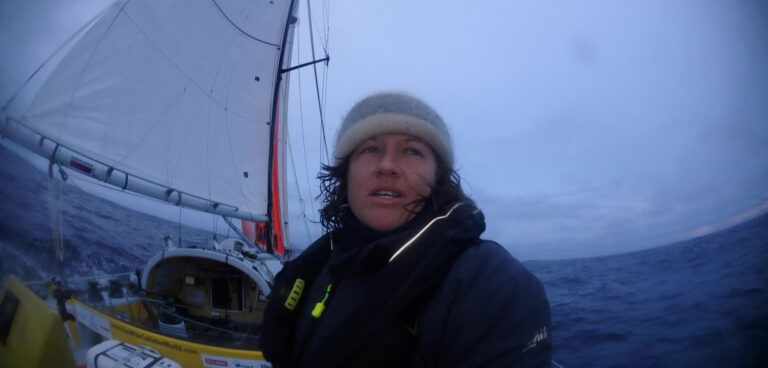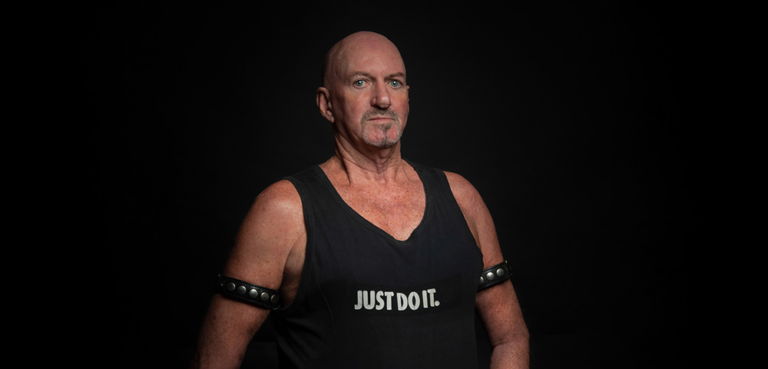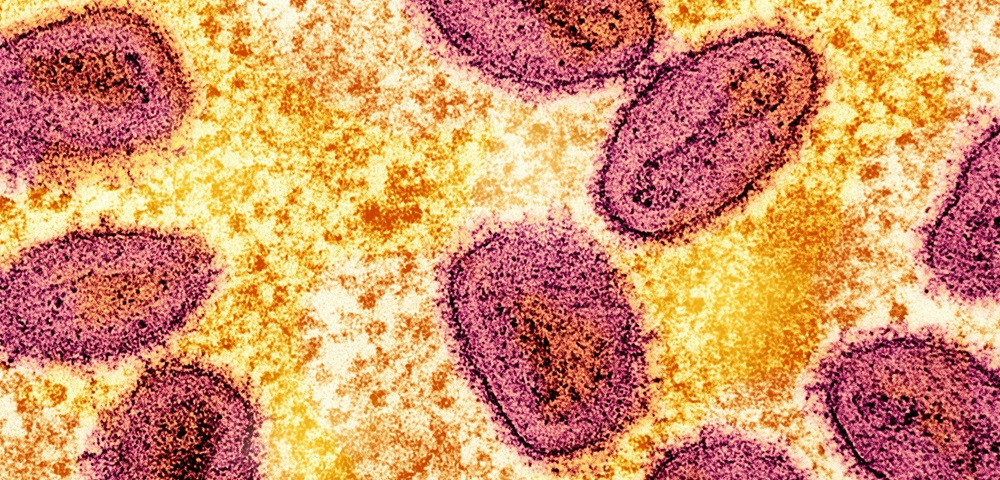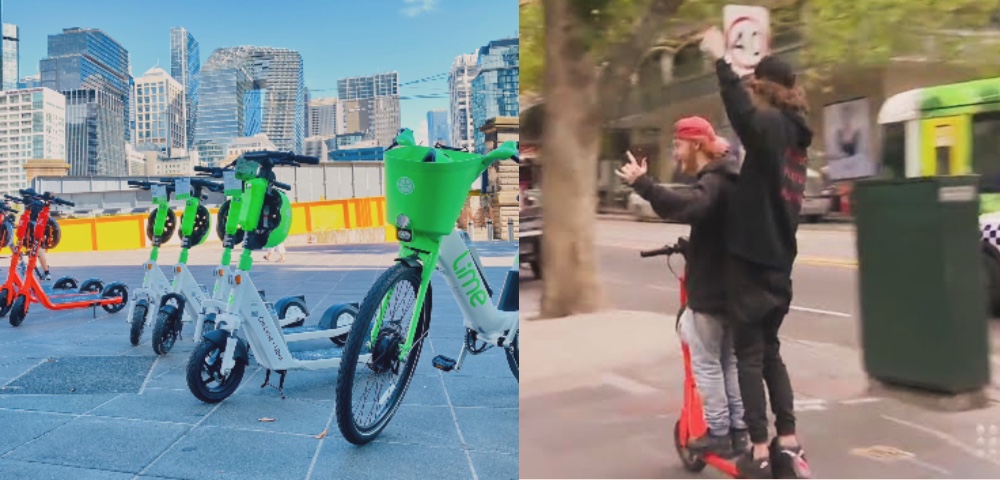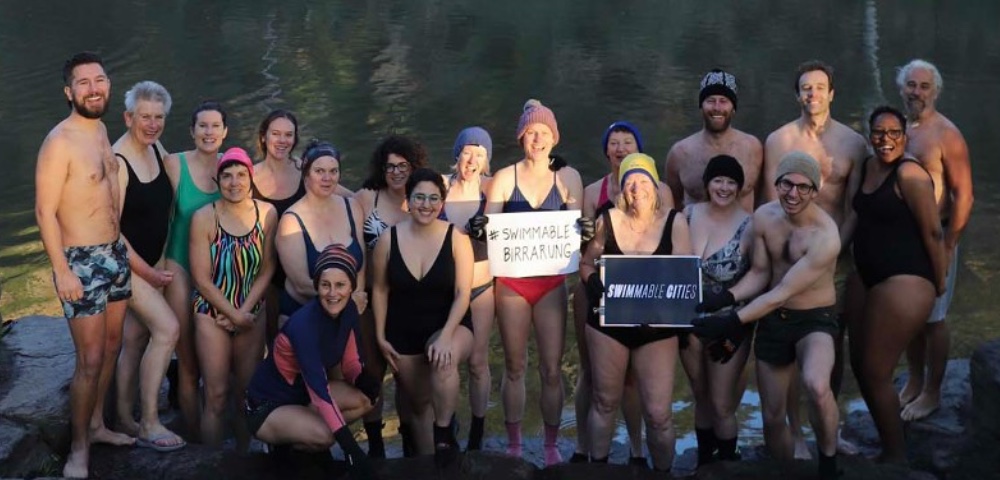by GRACE JOHNSON
The NSW Government has announced plans to turn Rosehill Racecourse into a “mini city”, which will see the construction of 25,000 new homes, a school, and entertainment.
The proposal, put forward to the government by the Australian Turf Club (ATC), includes finding a site for a new racecourse track and facilities, and the redevelopment of Warwick Farm.
The government will also explore options for building a metro station at Rosehill, which has always had limited and rather awkward access.
NSW Premier Chris Minns said, “This is a once-in-a-generation opportunity. The ATC sees this as a chance to secure the future of racing in NSW.”
“The government sees this as an opportunity to put its money where its mouth is and build more housing, close to transport links, with plenty of green space for new families,” he continued.
The racecourse, home to the Golden Slipper and the $10 million Golden Eagle, could be sold for upwards of $5 billion, with redevelopments to take place over the next decade.
The NSW Government and the ATC have now signed a memorandum of understanding.
Revenue from the development is expected to inject $5 billion into the racing industry. Warwick Farm has also been flagged to be redeveloped into a new track, including a full rebuild of training, stabling and spectator facilities. Canterbury Park Racecourse will also receive significant funds to be rebuilt.
The premier said the new homes will make property more affordable for young people.
“The fact is we have a housing crisis – we aren’t building enough homes. The more supply we have, the more we can drive down cost of living pressures, whether it’s for renters or those wanting to buy their own home,” he said.
The decision is part of a broader plan to build 138,000 new dwellings at rezoned sites in 31 suburbs and 47,800 homes near eight major transport hubs.
As well as the 25,000 proposed homes on the Rosehill site, the Minns government will rezone land around metro and train stations in almost 40 suburbs.
Concerns for Western Sydney
On 2GB Sydney, Mayor of Fairfield Frank Carbone spoke to Ben Fordham about his frustrations with the premier planning to turn residential homes (Zone R2) into terrace and duplex homes in Western Sydney.
Mayor Carbone said, “He talks about the importance of putting public transport and building a metro and doing a deal with Rosehill in relation to the racing industry and providing them a metro, but what about Western Sydney that’s going to get hundreds of thousands of duplexes?”
“All he’s doing is dumping the housing in Western Sydney, not one new metro, not one new bus service, and he actually scrapped the East West Metro from the airport to Parramatta,” he continued. “It’s in Western Sydney where the housing growth will happen, that’s where people can afford to buy.”
“So where does he put the racecourse for Rosehill? In the area that has has the biggest gambling problem in Sydney, where he does not want to actually deal with the gambling issues out here. So he puts a new racecourse in the Equestrian Centre.”
The prospect of investing into racecourses in Sydney’s west is concerning. Recent analysis from the Centre for Western Sydney shows that Sydney’s western suburbs are a epicentre for gambling problems.
Their October research, Luck of the draw? Inside Western Sydney’s gambling harm epidemic, reveals for the first time the locations where higher concentrations of pokies and socioeconomic disadvantage collide, putting certain communities at higher risk of gambling harm.
The report found that a staggering $9 million a day is lost to gambling in pubs and clubs in Sydney’s West. And despite being only 54 per cent of Sydney’s population, Western Sydney cops 63 per cent of electronic gaming machine losses. In fact, three local government areas alone – Fairfield, Canterbury-Bankstown and Cumberland – account for one-third of all Sydney’s gambling losses.
Lost traditions, continuing cruelty
In an opinion piece, chief sports writer Andrew Webster paid homage to the racecourse’s history.
“There will be an understandable outcry from trainers, owners, members, and racing traditionalists. Rosehill, bless it, is a much-loved track opened in 1885 and steeped in history,” he wrote.
After all, Rosehill is where legendary racehorse Phar Lap had his first win, on April 27, 1929 in the Rosehill Maiden Juvenile Handicap. Rosehill is also the home track of
superstar racehorse Winx, who retired in 2019. The Golden Slipper was also established there in 1957.
One champion trainer slammed the decision, saying it is “the saddest decision they’ve ever made.”
But we have not yet heard from animal rights groups about their concerns for further investments into an industry that sees dozens of horses die every year on the track.
In a one year period from 1 August 2022 to 31 July 2023, Coalition for the Protection of Racehorses (CPR) collected data from official race day reports from every state and territory in Australia. They compiled a detailed report of the horses that died while racing and the reasons why – something that the industry does not make available to the public.
The
Deathwatch report, released in October 2023, found the race-day death toll for this year to be 168 horses, the worst since CPR started recording race-day deaths in 2014.
This works out to be around a horse dying every two days for gambling profits.


